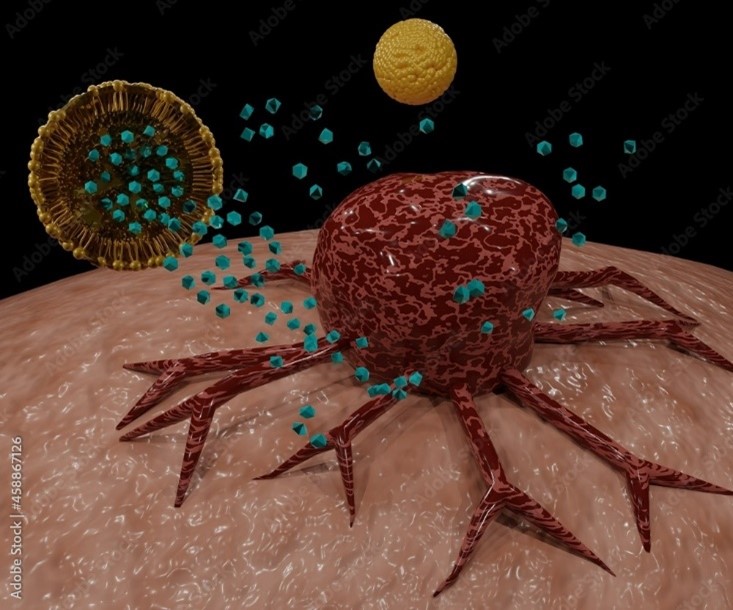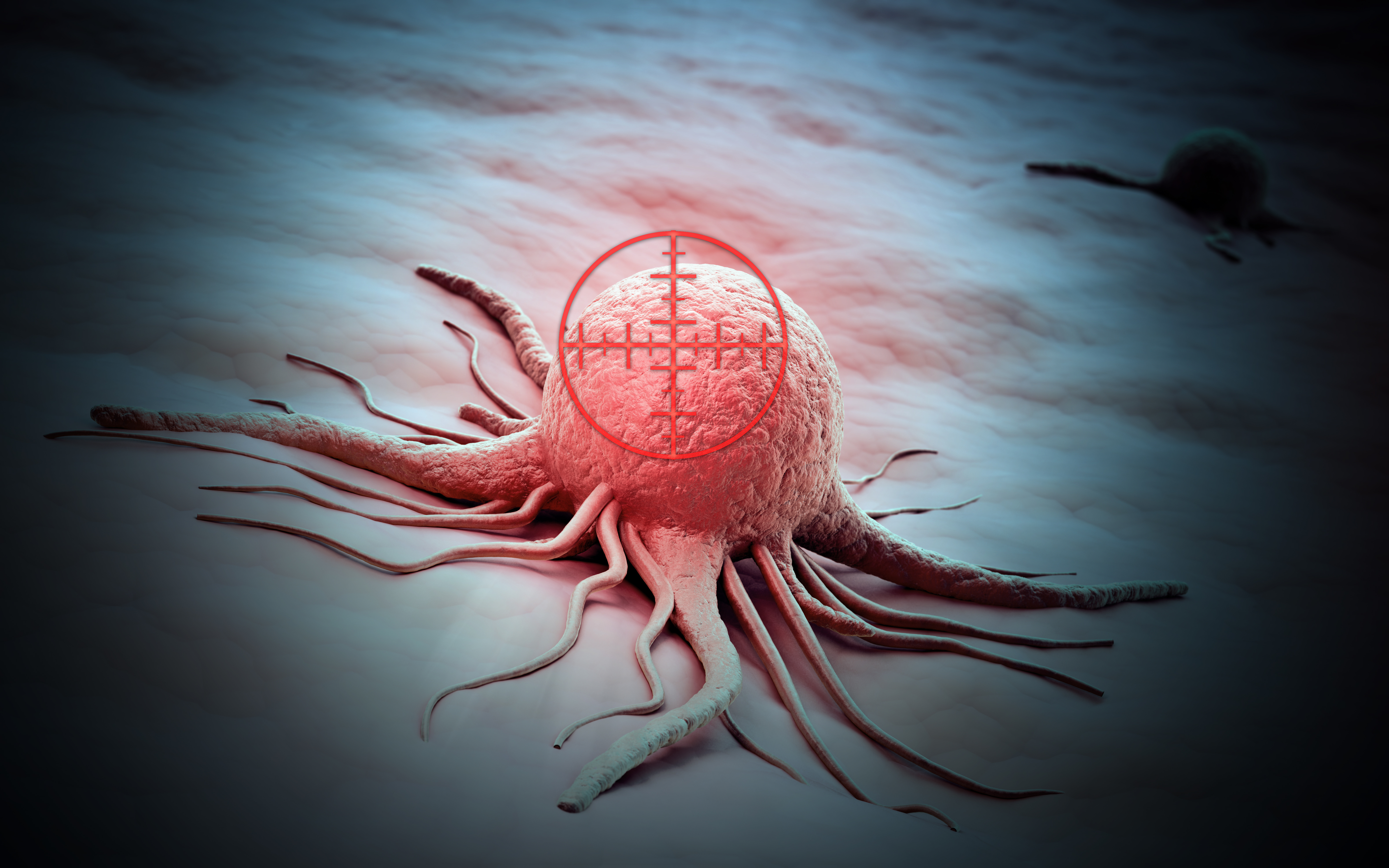Targeted therapy is a group of therapies that aim to target the proteins that control the growth, division, and spread of cancerous cells. As we further our research and knowledge on the proteins and protein changes that help drive cancer, we are better able to design targeted therapies to target these proteins.
Most targeted therapies help to treat cancer by targeting specific proteins that aid in the growth and spread of cancerous cells and obstructing these actions. While treatments such as chemotherapy aim to kill all cells that rapidly grow and divide, the goal of targeted therapies is to only interfere with cancer-causing and inducing proteins. Targeted therapy treats cancer in the following ways:
Targeted therapy aids the immune system in destroying cancer cells.
Targeted therapies help identify cancer cells so your immune system can more easily identify and destroy them to prevent their spread. Other targeted therapies can strengthen the immune system to better fight against cancer.

Targeted therapy can interrupt signals that cause cancer cells to rapidly grow, divide, and spread.
Cells in your body divide to create new cells when they receive the immune signal to do so. Signals bind to the proteins on the surface of the cell and tell the cells to divide. Cancer cells, however, may have mutations in the proteins on the cell surface that tell them to divide without a signal present. Targeted therapy can interrupt these proteins and prevent them from inducing cell division, which can help to slow the rapid and uncontrolled growth of cancer.
Targeted therapy can interrupt signals that form blood vessels in cancerous tumors
In order to grow, cancerous tumors form blood vessels through a process called angiogenesis, which is signaled to begin by the tumor itself. Targeted therapies called angiogenesis inhibitors block these signals to prevent the blood supply from forming, keeping tumors small or helping them to shrink.
Targeted therapy can deliver substances that kill cells to the cancerous cells, and cause cancer cell death
Targeted therapy can combine monoclonal antibodies with substances that would kill cells, such as toxins, chemotherapy, or radiation. When these antibodies attach to targets on the cancer cells’ surface, cells consume the substances and die. Additionally, targeted therapy can force cancerous cells to go through apoptosis, the process of cell death.
Targeted therapy can starve cancer cells of the hormones they need to grow.
Certain types of cancer, such as breast or prostate cancer, must have certain hormones in order to grow. Targeted therapies such as hormone therapy can either prevent your body from producing these hormones or can prevent the hormones from interacting with and acting on cancer cells
Most targeted therapies take one of two forms – small-molecule drugs or monoclonal antibodies.
Small-molecule drugs, due to their size, are able to enter cells to fight against the targets that exist within them.
Monoclonal, or therapeutic antibodies, are lab-produced proteins that are designed to identify and attach to specific targets that are found on cancerous cells. Some monoclonal antibodies can help to identify and mark cancerous cells so the immune system can better identify and destroy them. Some monoclonal antibodies can prevent the growth from cancer cells or incite them to self-destruct, while others are equipped to carry toxins to be consumed by cancer cells.

In most cases, you will have to have your tumor tested to see if it contains targets that there is an existing drug therapy. These tests are called biomarker testing. In some instances, you will need a biopsy in order to conduct this biomarker test, in which a doctor removes a piece of the tumor in order to test for targets.
While targeted therapy has proven to be effective in treating cancer, it does have drawbacks. First, cancer cells, over time, can become resistant to the effects of targeted therapy. This can occur when the target changes, preventing targeted therapy from being able to effectively interact with it, or when cancer cells find new ways to grow that no longer depend on targets. As a result, targeted therapy can work effectively when used in addition to another type of targeted therapy or with other conventional cancer treatments, such as radiation or chemotherapy. Second, the drugs used in targeted therapy are challenging to develop due to the structure of targets, as well as their functions within the cell.